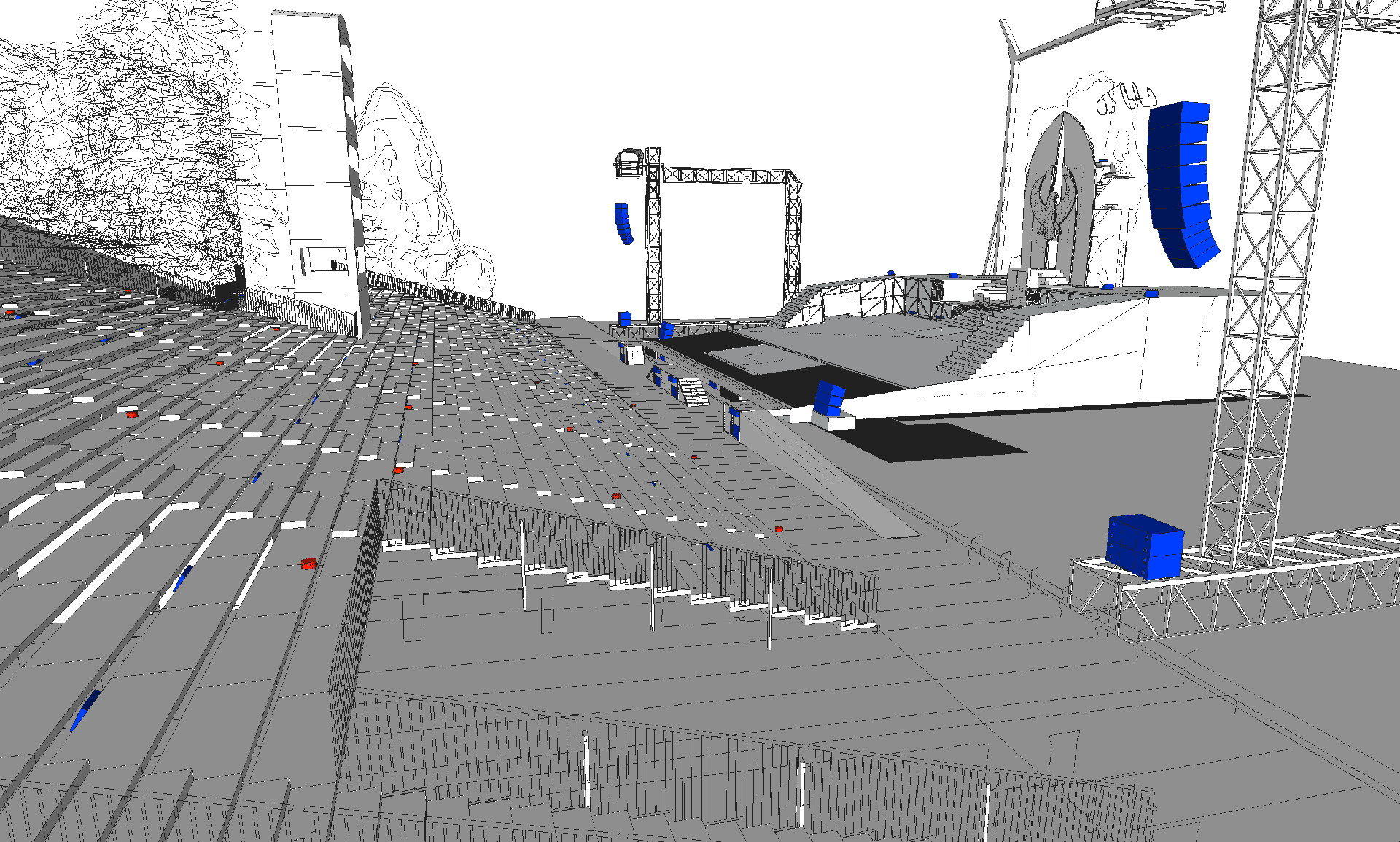


The frequency response you see is derived by doing an FFT of the portion of the impulse response you select - that way you can select a small portion near the beginning to see predominantly (or entirely, if short enough) the direct signal from the source, or a much wider portion to also see the room's contributions. The sound bouncing off the walls etc has to travel further to reach the mic, so it corresponds to later parts of the impulse. Some of that impulse is due to the direct sound from the source, altered by the characteristics and bandwidth of the speaker itself, some is due to the sound bouncing off the various surfaces of the room before arriving at the measurement position. The impulse response shows how an impulse emitted at the source position would be picked up at the measurement position. I'm not sure how much you are already familiar with, so I'll try to outline the fundamentals. I suspect you will need to spend some more time getting to grips with the measurement basics or your paper may end up with some howlers in it. Also at 4kHz the reverberation is around 80ms, on the RT60 its over 500ms The Mode at around 65Hz is around 150ms on this graph, on the RT60 it is over 600ms. Note the Duration was set to 150 (im guessing ms).

This is the corresponding waterfall diagram. This is the RT60, which seems to show a totally untreaded room, which is not the case! Markers of the Impuls were set at 0 and 340ms This is the impuls response measured in the studio using the Log squared algorithm just for more information i changed the impuls to "Log Squared Impulse" to show me the first impuls at 0dB
Fuzzmeasure acoustisoft professional#
I measured in my living room and in a professional studio, and both times i had the signal lose 60dB in less than 50ms. but my measurement has -60dB in less than 50ms, which is not normal. but which is the right amount? i would think i should mark time 0 (direct signal) until the signal reaches -60dB (RT60), which would be logical for me to measure RT60 over all frequencies. How much of the the Impulse response should i mark? every time i move the bounderies of the impuls, the waterfall changes drastically, which is obvious. RT60 and the waterfall diagram dont correspond at all!!ģ. on the waterfall diagram i see reverberation though. for instance at Hz i get reverberation of 0ms. i used the minimum phase function and used the RT60, RT30 but they give me odd information. I would like to compare the reverberation times of my studio rooms to others, but i just dont know how.

is there any way to measure the reverberation time in fuzzmeasure? i would like to have an RT60 over all frequencies (so just one time instead of for all frequencies). but if i move the loudspeaker slighty, i get a totally different frequency response, therefore there must be some room influence happening here also! im pretty confused here, to say the leastĢ. what does the frequency response really show me? is it the direct signal from loudspeaker to mic? or is it an average? it seems to be the same frequency response as the time 0 on the waterfall diagramm, so i would think its the direct signal. There are a few things in fuzzmeasure i still cant grasp and would appreciate a little help from you guys!ġ. Im finalizing the paper now and it has to be done very soon, so i hope i can get some help here. I am writing a diploma thesis about acoustics and acoustical measurements at the moment and am using Fuzzmeasure to measure different rooms and test acoustical treatments. so i decided to come here and see if someone can help me.Ī few quesions about frequency, reverberation and waterfall I Have asked this question over at the Fuzzmeasure Support site, but have not gotten any replies yet.


 0 kommentar(er)
0 kommentar(er)
